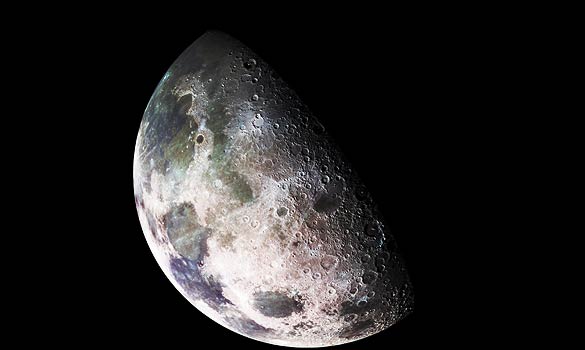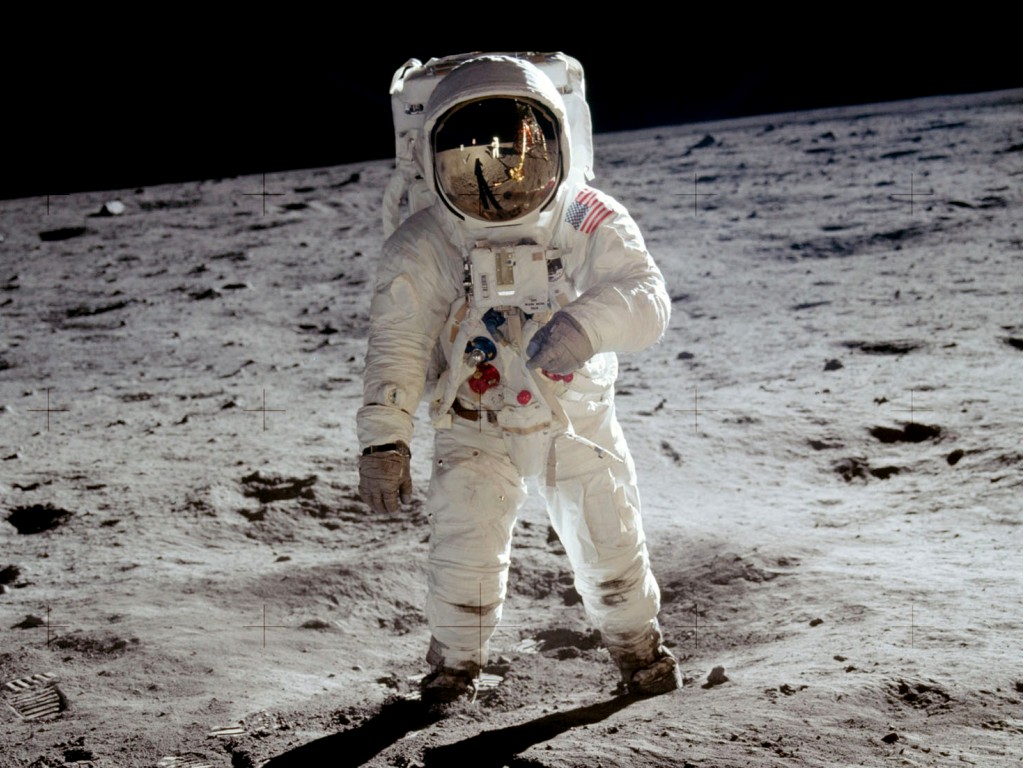“Although that panel suggested a $3 billion boost to NASA’s $18.7-billion-a-year budget in order to take a firm next step in human space flight, Obama’s support for a $1 billion bump next year represents a major coup for the agency given the ballooning deficit and the continuing recession. And NASA just won a $1 billion boost from Congress for 2010 in a bill signed by the president.” By way of another friend, President Obama backs increased funding for NASA’s new heavy launcher. “The president’s decision to go with the second option is a major departure from his 2010 budget plan, which called for a 5% increase in 2010–the boost just approved by Congress–but then remaining flat through 2014.“
Good, although I do wish he’d gone the full $3 billion. In the great scheme of things, not much we do is of larger importance than manned space flight. And 10,000 years from now, people aren’t going to remember or much care how many Joint Strike Fighters we built in the Twenty-Tens. But they will know whether or not we took significant steps to leave the cradle and move off-world.




